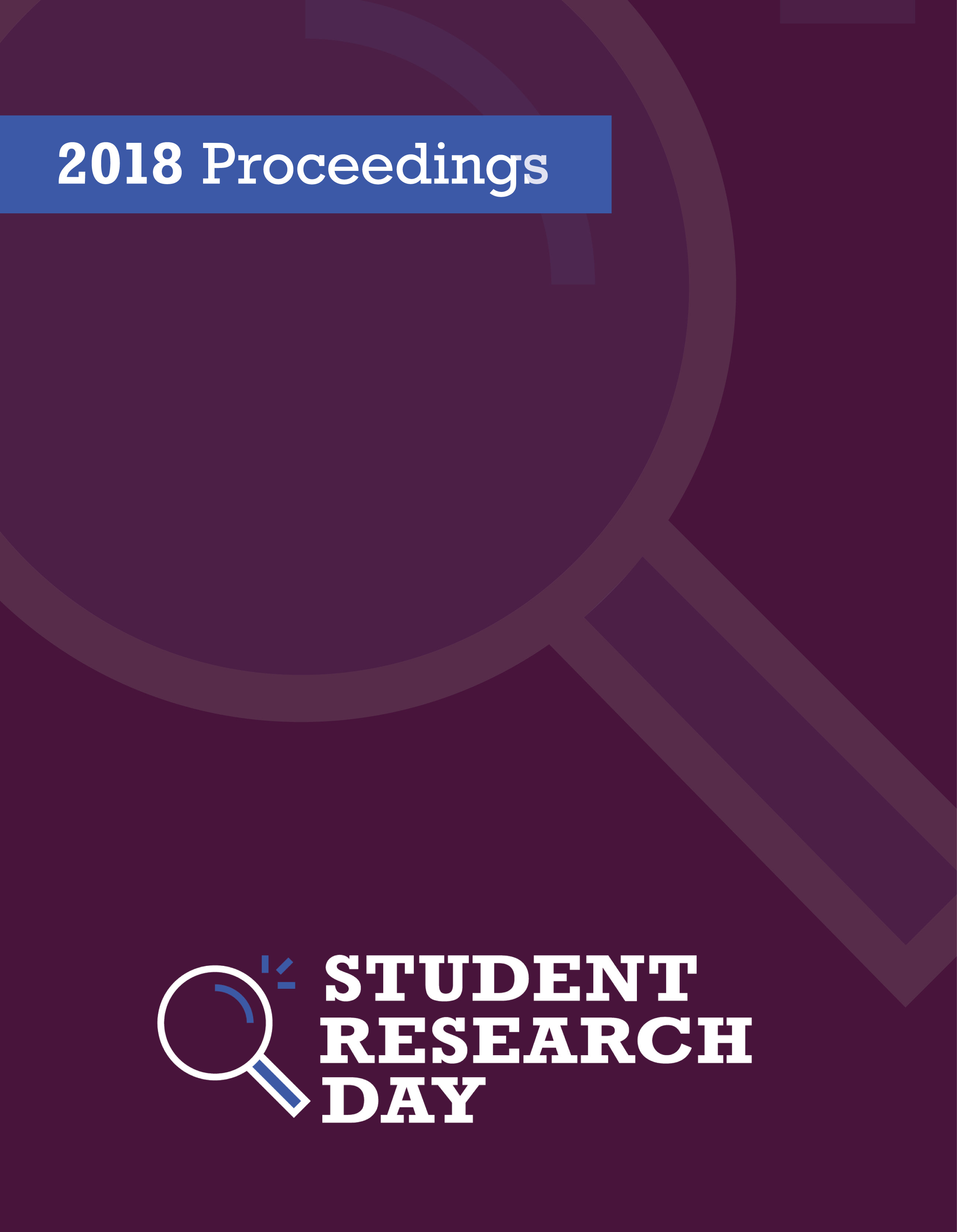A Collective Action logic of Land Reform
Comparing the Philippines and Chilean Land Reform Experiences
Abstract
Scholars see land inequality as a major plague that stifles the development of universalistic institutions in both economic and political realms (Alesina & Rodrick 1994; Answell & Samuels 2017; Acemoglu, Naidu & Robinson, 2015; Faguet, Sanchez & Villaveces 2016). Land reform may be necessary to meet the ‘doorstep conditions’ for open access social orders (North et al. 2013). However, the resistance to land reform often inhibits progress on land redistribution to the extent that small groups of landed elite with shared interests have an immense advantage over the dispersed interests of society at large (Olsen 1965). If land reform is important for the development of inclusive institutions, and the resistance to redistribution of land presents a tremendous obstacle, then, a thorough analysis of the reasons leading some countries to success or failure in land reform is of the essence. What institutional features, and indigenous factors are conducive to successful implementation of large scale land reform, over the objections of the politically powerful landed elite? This paper compares Chile’s land reform between 1960-72, and Philippines' experience from 1964-1971. In both countries, a powerful landed elite historically dominated political and economic power (Navia, 2012, Kaufman 1972, Monhnola, 2012). But in Chile, land reform resulted in a transformation of rural relations (Barrclough, 1999, 25), while Philippines' botched attempts further emboldened the power of its domestic landed elites. (Hutchcroft, 1998). What factors explain this difference?
Discipline: Political Sciences (Honours)
Faculty Mentor: Dr. Andrea Wagner
Published
Issue
Section
License
Authors retain any and all existing copyright to works contributed to these proceedings.



